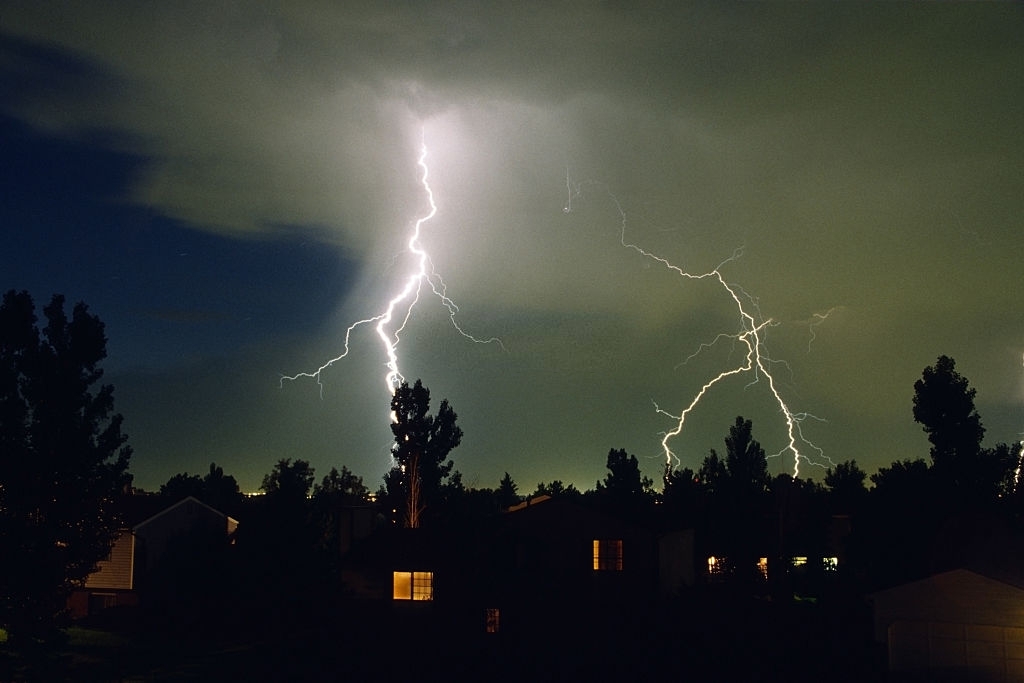Today, the system globally used as a lightning protection system can be classified into two types: 1) a general system which uses the conventional air terminal and 2) a functional system which uses the charge transfer system (CTS) or charge transfer air terminal.
Lightning can strike anytime, anywhere. Traditional lightning protection has sought to collect and divert the energy of a lightning strike into the ground. While this may avoid some of the worst effects of a direct strike, it has some serious drawbacks.
Because of the high energy and current levels associated with lightning, a traditional lightning protection system can never guarantee complete safety from its effects. In a lightning protection system, the current will divide to follow every conductive path to ground but even the divided current can cause damage. These secondary “side-flashes” can still cause a fire, blow apart brick, stone, or concrete, or injure anyone within a building.
Solution:
Lightning Protection systems, typically called Charge Transfer Systems (CTS) and/or Dissipation Array Systems (although often used generically, DAS) is a trademark of Lightning Eliminators and Consultants Inc. in Boulder, Colorado.
Charge transfer systems are based on using the point discharge phenomenon as a charge transfer mechanism from the protected site to the surrounding air. The electrostatic field created by the storm cell will draw that charge away from the protected site, leaving that site at a lower potential than its surroundings. That is, the protective system releases, or leaks off, the charge induced in the area of concern to a level where a lightning stroke is highly unlikely.
How can LEC help?
We have a very efficient technical workforce. Our personnel are responsible for installing all types of lightning protection and surge protection systems. We have all resources, materials, and the latest plant, machinery, and vehicle to work on any size project – large scale to a remote mountaintop. Our work progress and quality of workmanship are monitored regularly through various control and testing systems.
We can design and install a full lightning protection system. We will complete a full site survey and then use the results to design a system that would also include recommendations for surge protection. We can supply all materials and after installation we can provide regular testing and maintenance. Contact us to find out more.


